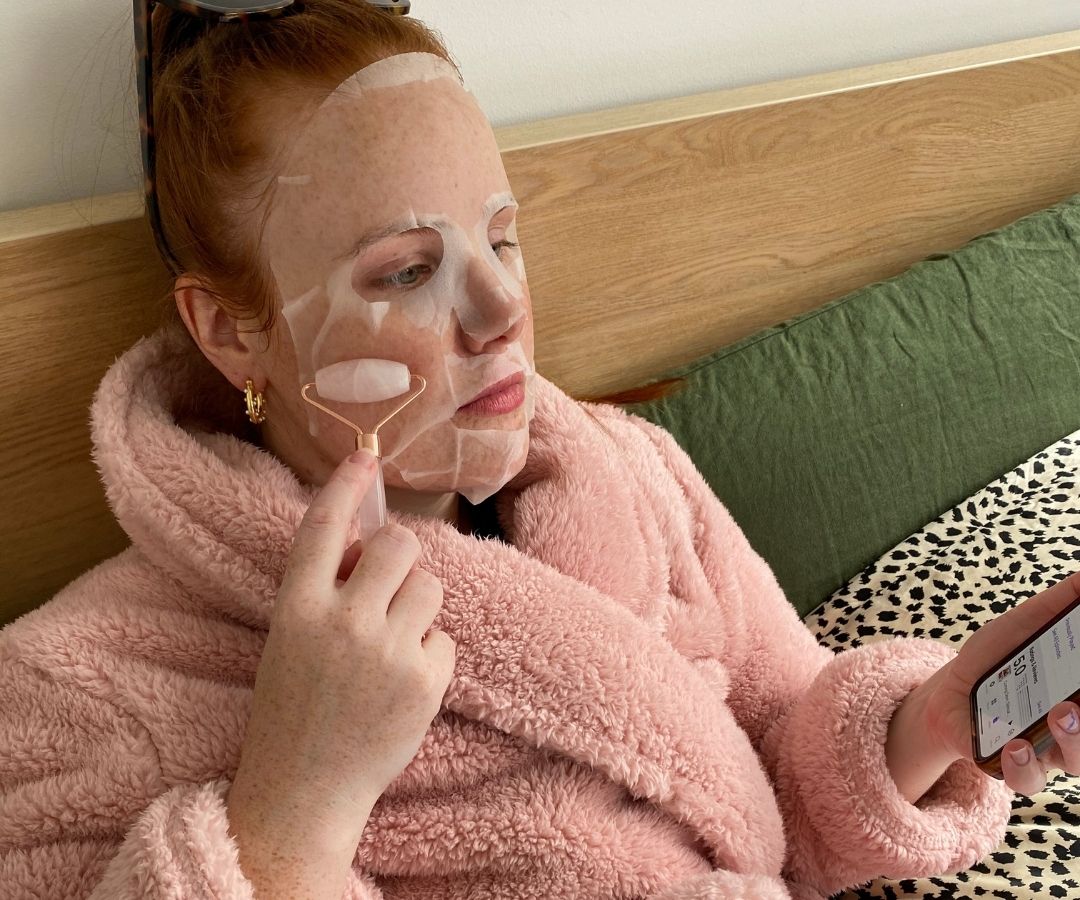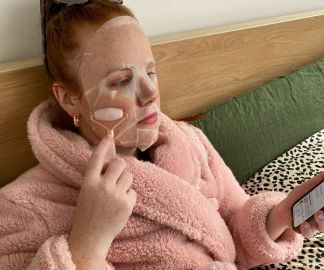
Call me arrogant, but I thought I knew *a lot* about skin care.
I'm a beauty editor, after all. It's literally my job to trial skincare products, interview experts and road-test skin treatments so I can tell you all about them. (Sadly, this doesn't usually involve sitting in bed in my robe wearing a sheet mask.)
Then, I started working with PhD chemist and science educator Dr Michelle Wong from Lab Muffin Beauty Science on our Adore Beauty skincare podcast, Skincare School.
I quickly realised I didn't know as much as I thought I did. But that's OK! We grow and evolve!




